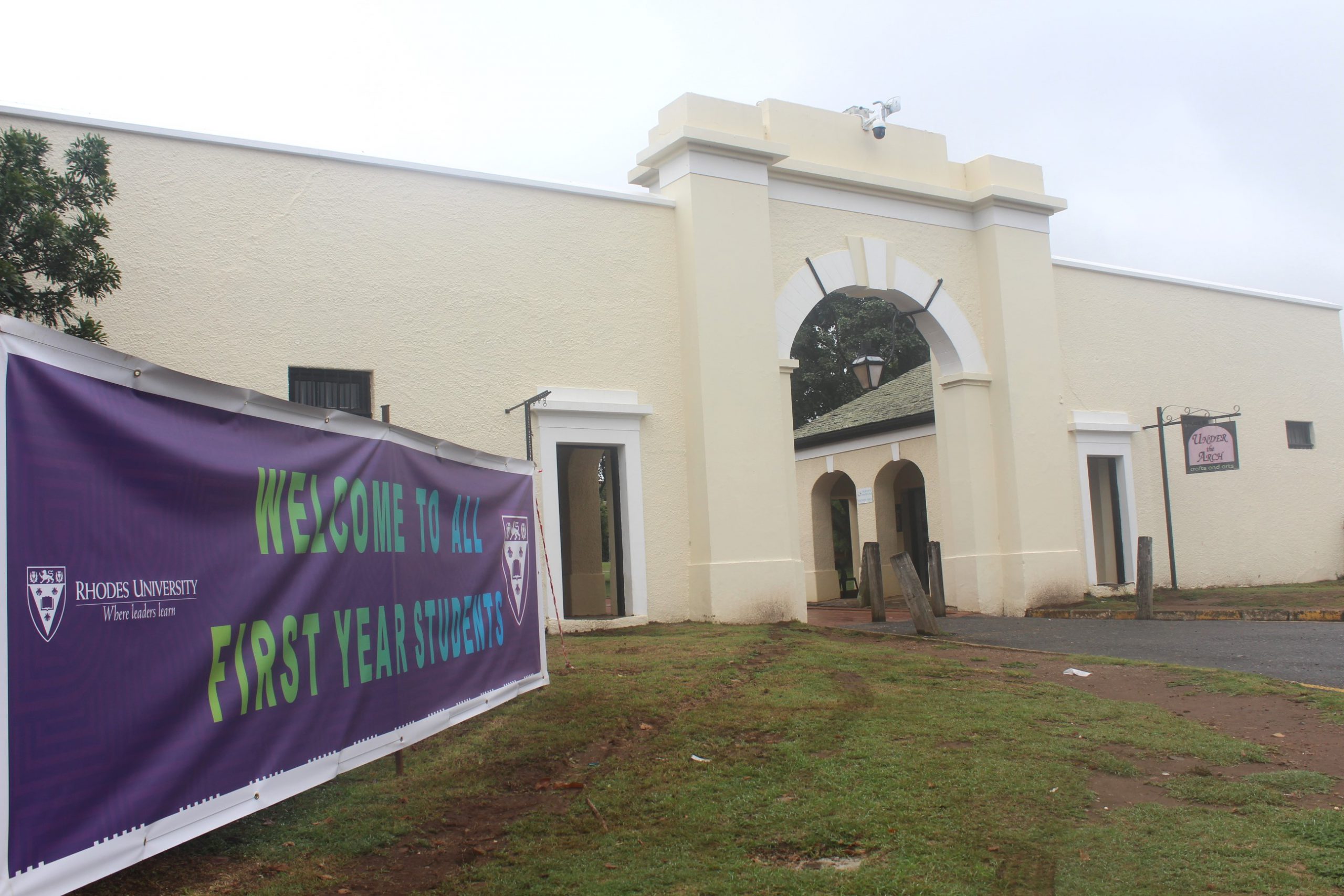By Phila-Nathi Mapisa
The Matric Class of 2024 has made history by achieving the highest-ever 87.3% pass rate in South Africa. This remarkable milestone has resulted in a surge of university applications, with thousands of ambitious students fighting for limited spaces at institutions across the country.
At Rhodes University, this demand is starkly evident. The university, situated in Makhanda, has received a staggering 19,045 applications for first-year students—but only 1,650 can be accommodated. This means that less than 9% of applicants will secure a place, leaving thousands of hopeful students without an opportunity to study at one of South Africa’s top academic institutions.

The national crisis in higher education
The situation at Rhodes reflects a broader crisis across the country. The University of Johannesburg (UJ) received 400,000 applications for approximately 10,500 undergraduate spaces, while the University of KwaZulu-Natal (UKZN) saw over 290,600 applications for about 8,600 first-year places. Similarly, the Durban University of Technology (DUT) received 147,076 applications but could only accommodate 9,454 students. Collectively, 19 major institutions reported receiving more than 2 million applications for just over 200 000 first-year places, highlighting the intense competition faced by prospective students.
Despite reassurances from Higher Education Minister Dr Nobuhle Pamela Nkabane that there are sufficient post-school education opportunities in South Africa—including TVET colleges and private institutions—the reality remains that university placements are highly competitive. Many students are left with limited options, often forced to take gap years or explore alternative pathways.
Rhodes University: The price of accessible education?
For Makhanda residents, Rhodes University has long been a prestigious institution known for its rigorous academic programmes and close-knit student community. However, the overwhelming number of applications raises concerns about access to quality education.
One applicant, speaking anonymously, expressed frustration:
“I worked hard to achieve a bachelor’s pass, but now I’m stuck waiting to see if I even get accepted. There aren’t enough spaces, and I don’t know what I’ll do if I don’t get in.”
This year, 337,158 matriculants qualified for Bachelor’s degree studies, a record-breaking number that surpasses previous years. Yet, with only approximately 200, 000 first-year spaces available across universities, thousands of students are left without certainty about their futures.
The demand for higher education in South Africa continues to grow, and institutions like Rhodes University must find ways to expand capacity while maintaining academic excellence. Some experts argue that the government should invest more in TVET colleges and distance-learning institutions to alleviate pressure on traditional universities.
As acceptance letters roll out, thousands of applicants to Rhodes will face disappointment.
For now, the dream of studying at Rhodes University remains just that—a dream—for the vast majority of applicants.


